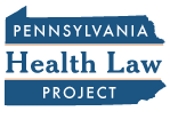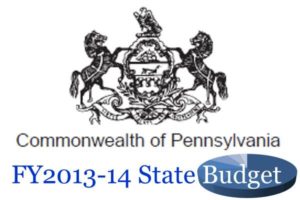Tobacco Money Loss Imperils Hospital Uncompensated Care Payments
Pennsylvania’s loss of $180 million from the national tobacco master settlement agreement could affect the state’s Tobacco Uncompensated Care program, which provides supplemental funding to hospitals that provide significant amounts of uncompensated care.
 The $180 million cut represents 60 percent of the state’s overall tobacco revenue.
The $180 million cut represents 60 percent of the state’s overall tobacco revenue.
According to a news release from the governor’s budget office,
The reduction will occur in the state’s April 2014 MSA [master settlement agreement] payment, which supports spending in the current year’s budget. This is forcing the state to freeze discretionary funding from the MSA, which will reduce funds for health research (Commonwealth Universal Research Enhancement [CURE] grants), Life Sciences Greenhouses, uncompensated care to hospitals, and discretionary funds related to tobacco prevention and cessation programs.
To learn more about the funding loss and its implications, see the news release “Administration Receives Notification on Impacts from Tobacco Master Settlement Agreement Arbitration Panel Decision” from the governor’s budget office.






